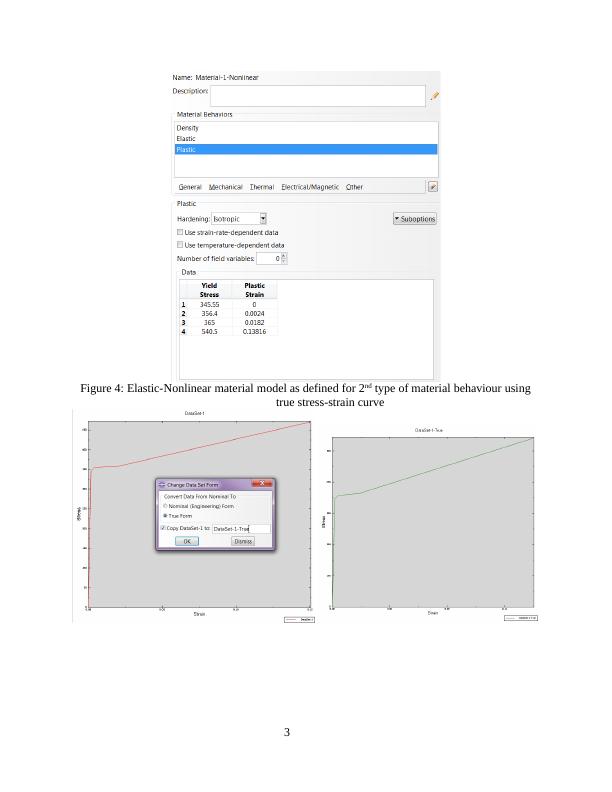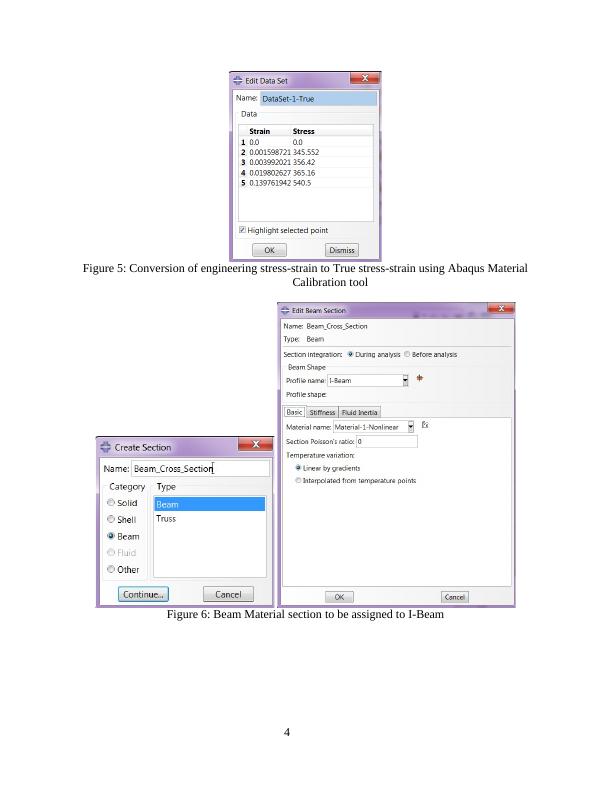Dynamic Analysis using blast loading on an I-Beam using Finite Element methods in Abaqus
Analyzing the static response of a frame structure with nonlinear material properties using Abaqus software.
22 Pages1712 Words30 Views
Added on 2022-08-01
Dynamic Analysis using blast loading on an I-Beam using Finite Element methods in Abaqus
Analyzing the static response of a frame structure with nonlinear material properties using Abaqus software.
Added on 2022-08-01
ShareRelated Documents
End of preview
Want to access all the pages? Upload your documents or become a member.
ENGIN5302 Modelling & Simulation.
|7
|494
|209
Structural Assessment of Truss and Concrete Structures
|10
|813
|280
Nonlinear Elastic Plastic Finite Element Analysis of U-Shaped Plate (2D and 3D)
|8
|2765
|19
Modal Frequency Analysis of Wired Automotive Frame using Abaqus
|13
|1811
|345
Buckling Analysis of Round Bar Assembly
|5
|1247
|89
Flexural Beams Lab Report: Determining Strength and Modulus
|13
|1701
|338






